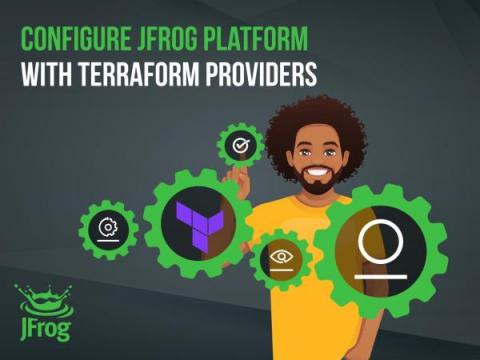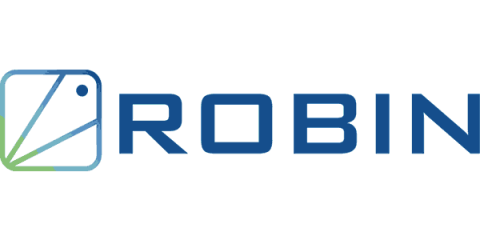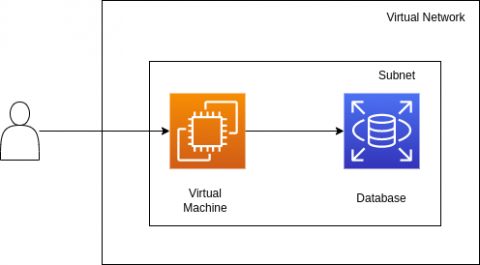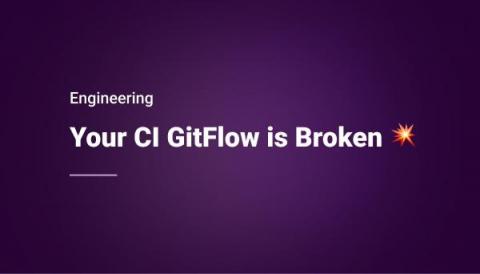Operations | Monitoring | ITSM | DevOps | Cloud
Latest News
mRemoteNG: Using the Remote Connections Manager for Windows
JFrog Providers Support the Terraform Community
How to leverage Kubernetes to modernize your legacy enterprise application infrastructure
The biggest question facing many businesses today is how to improve the efficiency and agility of their application delivery processes. Along the journey to infrastructure modernization, do they continue to maintain applications as-is, or do they need to be migrated, upgraded or replaced? This blog attempts to answer some of these questions. Take any popular enterprise app, like your Oracle business suite, or even a custom-built application, and it will typically follow a three-tier architecture.
What to Look for in a Colocation Data Center
As the costs of managing and maintaining owner-operated data centers rise, enterprises are reconsidering their infrastructure and attempting to minimize on-premises data center space. Colocation data center providers are an attractive and cost-effective solution, offering physical space as well as power, cooling, network, and security services for their customers.
9 Cloud Cost Mistakes You Don't Know You're Making
Kubernetes Upgrades at LogicMonitor
Deploying a Web App in any cloud using Terraform and Multy
In this tutorial, we'll deploy a simple web app to the cloud of your choice - composed of a database and a virtual machine where the frontend code will run. So that the configuration is reusable and consistent, we'll write it in Terraform. Usually Terraform configurations are cloud-specific, and changing clouds requires a complete rewrite. In this case, so that you can reuse the same configuration across clouds, we'll be using Multy.











